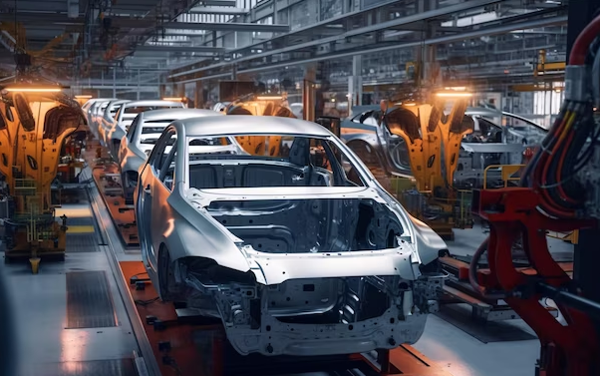In recent years, Bangladesh’s automotive market has undergone a transformation as global car brands increasingly turn to local assembly to make cars more affordable. Driven by substantial tax incentives and duty benefits from the government, manufacturers like Hyundai, Kia, and Mitsubishi have initiated local assembly operations to serve the price-sensitive Bangladeshi market. Since the pandemic, car prices have surged, but these assembly initiatives aim to counter the price hike, offering more accessible options for consumers. This shift not only promises lower prices for local buyers but also signals a burgeoning automotive industry poised to expand in both scale and impact. As Bangladesh continues to support this localization with favorable policies, the country’s car market is set for growth, reshaping consumer access and potentially even opening doors to future car exports.
The Growing Trend of Local Car Assembly in Bangladesh
The automotive industry in Bangladesh is witnessing a significant shift as global car manufacturers capitalize on government incentives to establish local assembly plants. Since 2022, Bangladesh’s Automotive Industry Development Policy has made local car production appealing by offering duty cuts and tax reductions, incentivizing brands like Hyundai, Kia, and Mitsubishi to initiate or expand local assembly projects. These initiatives not only aim to reduce the prices of vehicles but also create employment opportunities and encourage technological growth in the automotive sector.
Duty Benefits Drive Affordable Cars
Historically, Bangladesh has imposed high import duties on vehicles, treating them as luxury items, with up to 127% tax on completely built units (CBUs). However, under the latest policy, cars assembled locally enjoy significantly reduced tax rates. For instance, the duty on locally assembled cars under 2500cc is between 25-35%, much lower than for CBUs. For vehicles up to 1600cc, which make up around 70% of cars on Bangladeshi roads, these cost reductions are particularly significant, as their affordability attracts more middle-income buyers.
Local Assembly Projects by Global Giants
Manufacturers have quickly embraced these incentives. Meghna Automobiles, partnering with Kia Motors, has set up a plant in Gazipur to assemble four Kia SUV models. Anticipating sales of over a thousand units annually, Meghna Automobiles expects to deliver savings of Tk7-12 lakh per 1600cc vehicle compared to imported models. Similarly, Rancon Group is constructing a substantial car assembly park in Bhabanipur, targeting production for Mitsubishi, Proton, and soon, MG vehicles.
Hyundai, which began local assembly in January 2023, saw its sales double to 1,158 units. Their local production not only makes their SUVs like the Creta and Tucson more affordable but also helps them secure a competitive third place in the market, only trailing Toyota and Honda.
The Economic Impact of Local Assembly
The reduction in vehicle prices is just one benefit of local assembly. The policy also brings economic and employment gains to Bangladesh. Large-scale assembly plants require significant investment, such as Rancon Group’s over Tk1,000 crore in its car industrial park, supporting job creation and enhancing local technical capabilities. Nitol Niloy Group is investing in an assembly plant in Chattogram to make Suzuki cars affordable for middle-income families, similar to the successful expansion of two-wheeler assembly plants in Bangladesh.
Future Prospects and Challenges
While the current local assembly trend is promising, challenges remain. A primary obstacle is the ongoing dollar crisis, impacting importers’ ability to acquire essential components. Additionally, local manufacturers need to maintain global quality standards to gain consumer trust in a market dominated by Japanese reconditioned vehicles.
Looking ahead, Abdul Matlub Ahmad, chairman of Nitol Niloy Group, and others are optimistic that duty incentives and price cuts could replicate the success of the two-wheeler market in Bangladesh. In the long run, the government envisions Bangladesh as a hub for both domestic car manufacturing and automotive exports, potentially establishing it as a prominent player in the regional automotive industry.
Conclusion
With the Automotive Industry Development Policy providing clear incentives, Bangladesh is poised for a new era in vehicle affordability and domestic assembly. The entry of global brands like Kia, Mitsubishi, and Hyundai not only strengthens local capabilities but also brings cars within reach for a broader population. As the industry matures, this model may even position Bangladesh as an exporter, supporting the nation’s economic development and reducing its dependence on imported vehicles. Local assembly is set to shape the future of Bangladesh’s automotive landscape, offering consumers an affordable and sustainable option for years to come.




